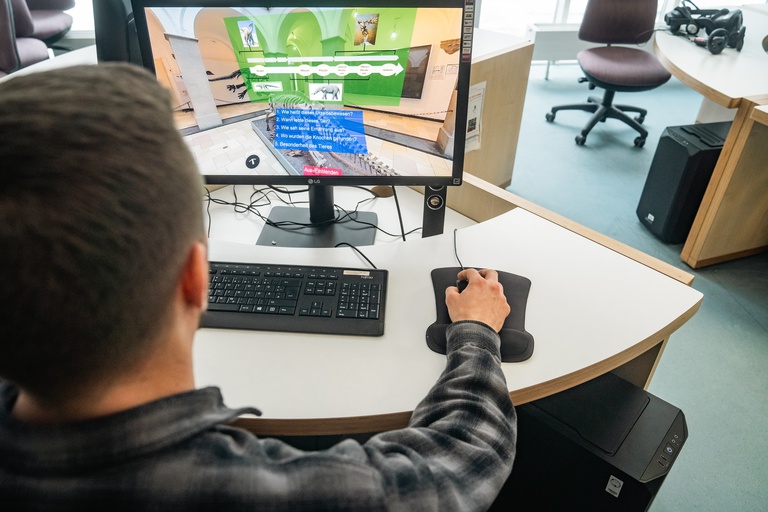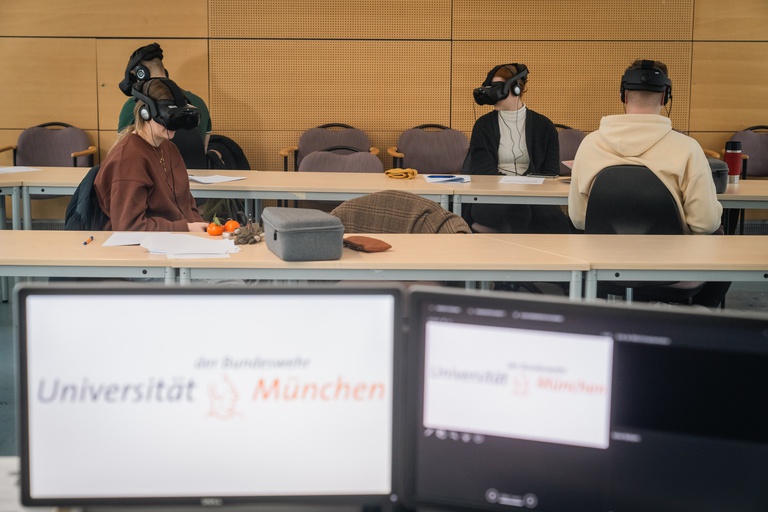Tech-Labs and X-Cal, established leaders in technical education solutions, today announced a strategic partnership with NeuroMaker to introduce the innovative NeuroMaker HAND 2.0 to educational institutions across their eight-state territory. This collaboration aims to expand access to cutting-edge learning tools in biomedical engineering, robotics, coding, and artificial intelligence.
The NeuroMaker HAND 2.0, a programmable modular robotic hand kit, provides students with hands-on experience building, programming, and experimenting with technology that has real-world applications. This immersive learning platform helps students develop interdisciplinary skills critical for future careers in healthcare, engineering, and technology sectors.
This partnership builds upon Tech-Lab’s four decades of experience in workforce development. By incorporating NeuroMaker’s solutions into their comprehensive portfolio, Tech-Labs and X-Cal strengthen their ability to equip schools, training centers, and employers with future-ready educational technologies and credentialing pathways.
“We are excited to partner with NeuroMaker to deliver solutions that inspire the next generation of engineers, programmers, and healthcare innovators,“ said Warner Brown, CEO at Tech-Labs and X-Cal. „The NeuroMaker HAND 2.0 is a perfect addition to our mission to help institutions close the skills gap with hands-on, interdisciplinary learning experiences.”
Quelle:




